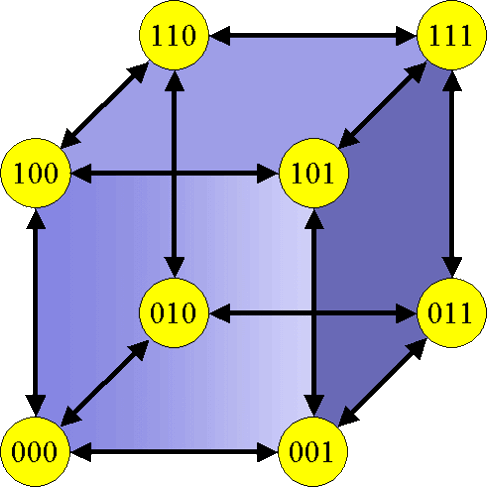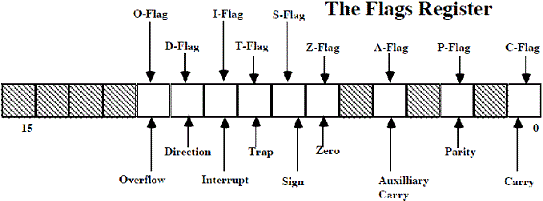Questions and Answers
Do you know what Ben’s Network is and how it works? Well, with Ben’s Network service, they truly appreciate that not all of the companies mainly have he same need when it comes to their IT division. Some actually need a full time tech on-site and others just require a little courtesy once in a week. Whatever you need, they are able to do as much or as little, depending upon what you truly need.
On the other hand, for the larger companies, they are offering the on-site technicians to handle the needs and the software updates of their users. With the backing of the other root of the technicians as well as computer upgrades on the larger scale, they are sure enough to help you with everything that you need. They even assist desk to work with the users for faster resolution and rental computers and printers whenever your unit is in need of repair.
For those of the medium sized companies, they are offering great assistance for the employees and go back to it together with the tools in order to keep you running with great options in terms of help desk, computer as well as printer rentals. The monthly service plan on the equipment as well as upgrade and even rollout testing for the compatibility of the pre-upgrade.

Image Source: cs.virginia.edu
Developments in hardware technology have made it feasible to fabricate a large scale multiprocessor system which holds tens of thousands of processors. One vital measure on planning such a multiprocessor system is to establish the topology of the interconnection, because the system operation is extensively affected by the network topology.
Generally when a n-dimensional grid network is linked circularly in more than a single dimension, the consequential network topology is a torus, and the resultant network is known as toroidal. When the number of nodes along each dimension of a toroidal network is two, the consequential network is described as a hypercube.
The binary n-cube, additionally known as the hypercube network has been confirmed as an extremely powerful topology. Hypercube is the most extensively benefited from topology for the reason that it offers small diameter, that is the greatest number of links (or hops) a message has to pass through to achieve its ultimate destination between any two nodes. It also implants a variety of interconnection networks. For exceptionally huge systems though, the number of links required by the hypercube could turn out to be prohibitively large.
The main limitation of the hypercube network is its lack of scalability, which restricts its application in constructing bulky systems out of small size systems with modest of alterations in its configuration.

Image source: 8085projects.info
A flag register is an alternate that signify a few situations that are created by the style and technique of an imparted knowledge or conducts inevitable functions of EU. The flag register is 16 chips elongated. It does not carry a single digit, in fact it has a set of chips. It terminates the circulating region of the central processing unit. They are altered mechanically by the central processing unit after the exact and absolute functioning. This will permit to consider the kind of the outcome, and to discover the perquisites in order to shift the power to the rest of the portions of the program. Normally, these registers are not instantly visible or acquired.
Flag registers are chips that give guidance related to the reasonable situations that persisted as an outcome of the result of a performance that took place according to the imparted knowledge. This enables the supervened information to process consequently. There are various categories of flags that are processed in their own ways. The flags activate and deactivate indisputable functions of the central processing unit. Due to the fact that all kinds of flag registers are elongated having 16 chips, they can hold the information and data in the space of capacity storage within the purview of 64k units or bits.


